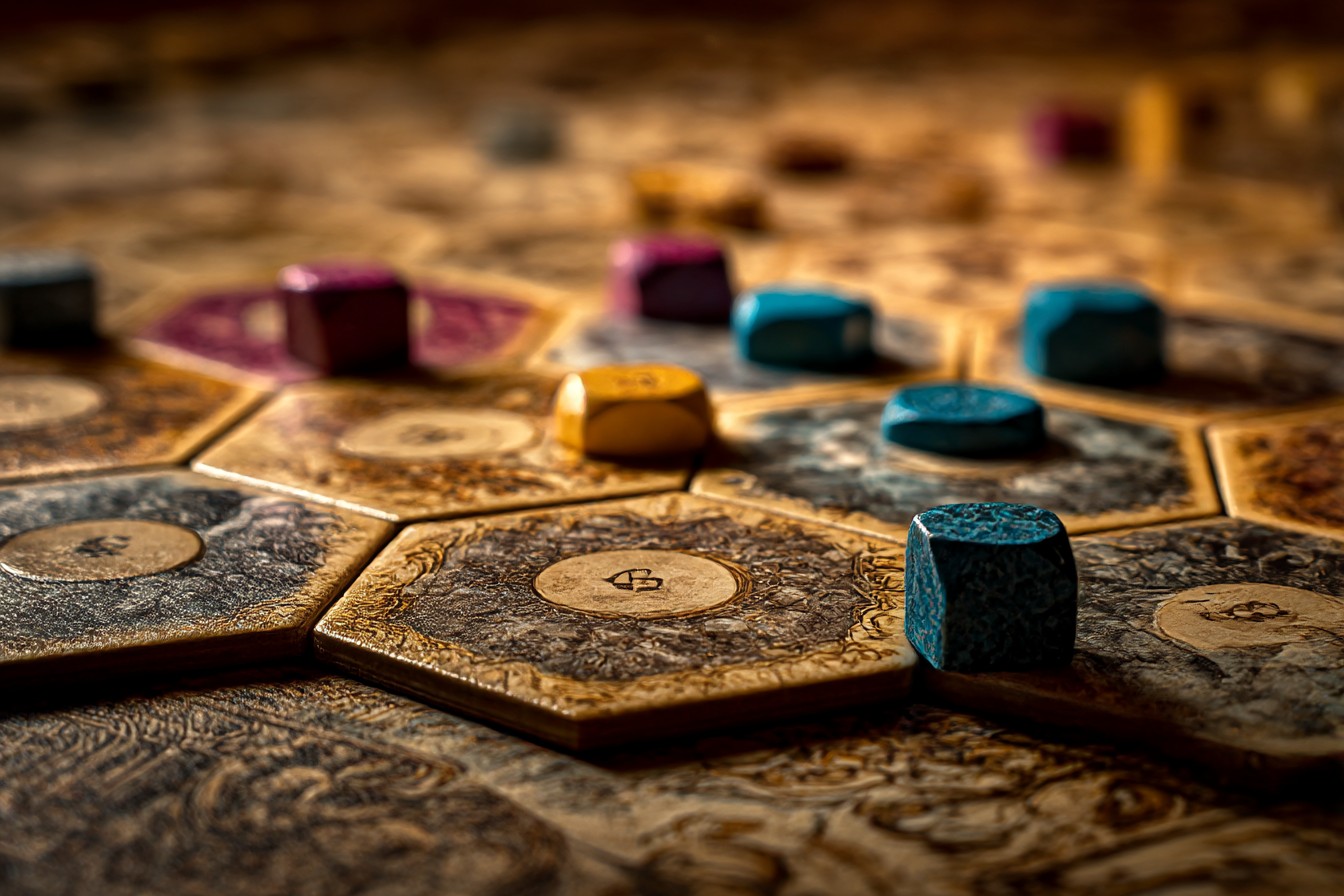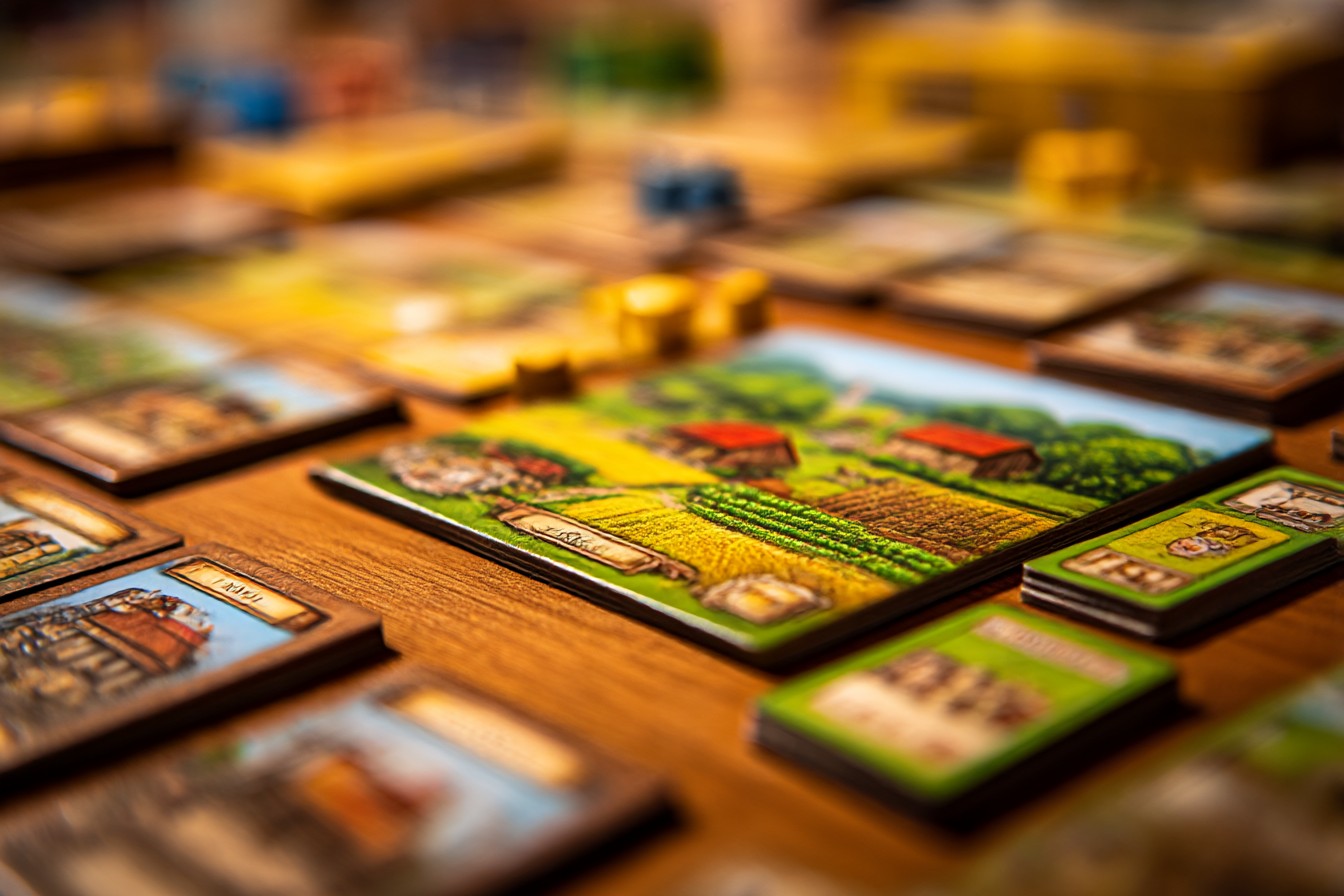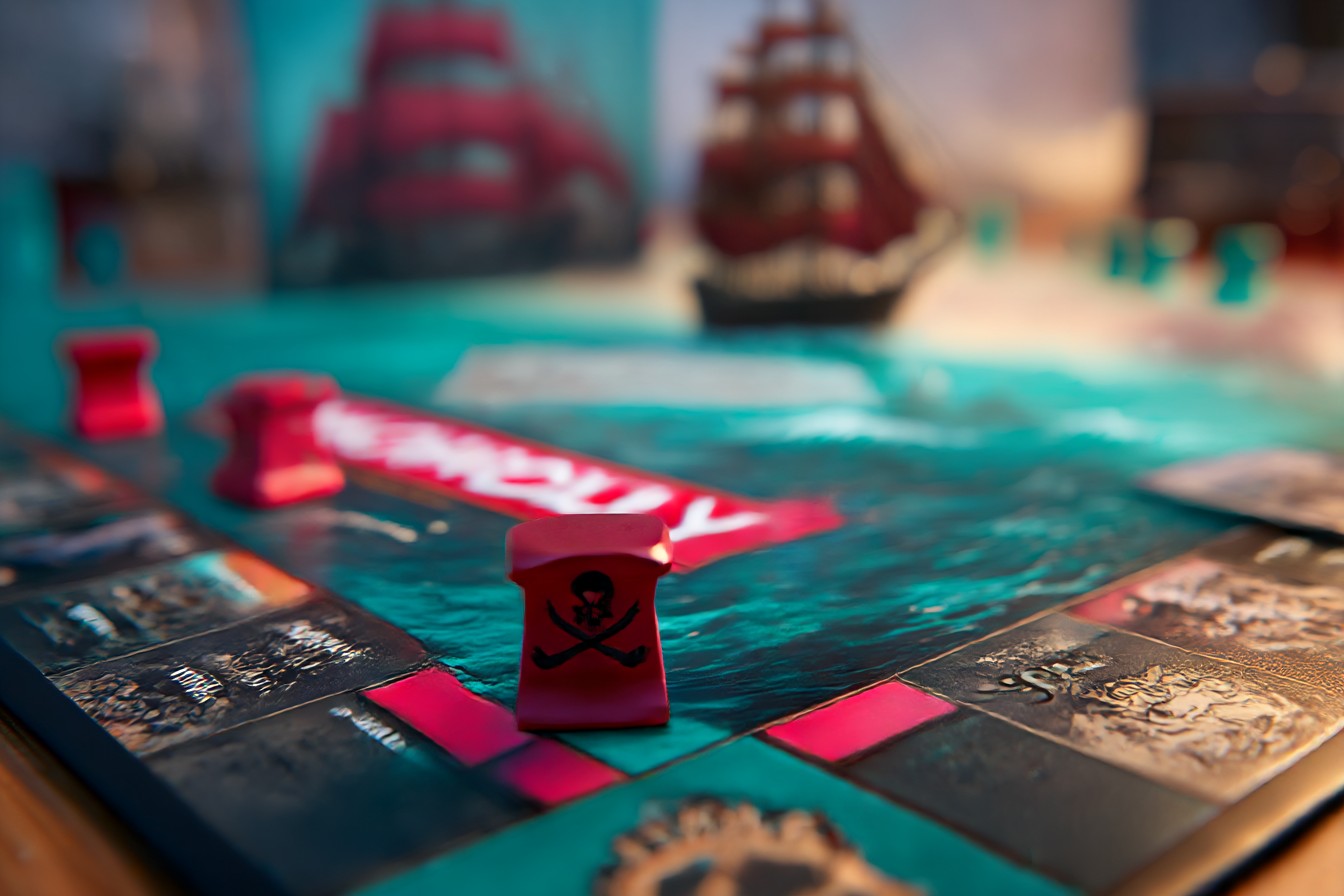So there I was last Tuesday night, watching Sarah have what I can only describe as a minor breakdown over a board game. We’re talking about a woman who handles corporate acquisitions for a living, reduced to near-tears because she’d spent an hour building a strategy in Tzolkin based on completely misunderstanding how the gears work. The worst part? I’ve been there. We’ve all been there.
Tzolkin is this Mayan-themed worker placement game that looks innocent enough when you first see it set up, but then you notice the gears. Actual plastic gears that rotate every turn, carrying your workers along whether you’re ready or not. It’s like someone took a perfectly reasonable euro game and added this mechanical time bomb that just… ticks away at your plans.
I bought this game maybe six years ago after reading all these glowing reviews on BoardGameGeek. Everyone was calling it brilliant, innovative, a masterpiece of design. What they didn’t mention was how it would make me feel like an idiot for the first dozen plays. See, I’m used to worker placement games where you can sit back, survey the board, maybe grab a sip of beer while you think through your options. Tzolkin doesn’t give you that luxury.
The central gear – they call it Tzolkin – connects to five smaller gears, each representing different locations where you can place workers. But here’s the thing that scrambled my brain initially: when you place a worker, you’re not choosing what action to take right now. You’re choosing what action you want to take several turns from now, after that worker has been carried around by the gear rotation.
Let me tell you about my first game. I thought I was being smart, placing workers early on the gear to get them into action quickly. Wrong move. Completely wrong. My workers kept getting spit out before they’d gained enough “teeth” – that’s the currency you accumulate as workers ride the gears – to do anything useful. Meanwhile, Linda was placing workers on higher-numbered spaces, letting them ride longer to build up resources for big plays. She crushed me. Like, it wasn’t even close.
That’s when I realized this isn’t just worker placement with a fancy gimmick. The gear mechanism changes everything about how you need to think. In most worker placement games, you’re thinking one turn ahead, maybe two. In Tzolkin, you’re constantly calculating where workers will be three, four, even five turns in the future.
I developed this habit – probably looks obsessive to anyone watching – where I trace the gear rotation with my finger before placing any worker. Count the spaces, figure out exactly where that worker will be each turn until I plan to remove it. Sounds simple, right? But you’d be amazed how many people skip this step and then act surprised when their worker ends up somewhere useless.
Crystal skulls caused me endless frustration early on. They’re these safe point-scoring opportunities that seem like no-brainers when you’re learning the game. I’d collect skulls constantly, thinking I was being efficient, building up a steady point base. What I didn’t realize was that every turn spent collecting skulls was a turn not spent on temple advancement or resource development. Skulls are fine – sometimes necessary – but they can become a trap if you’re not careful.
The temples, though… that’s where this game gets really interesting. Each of the four temple tracks represents different types of advancement – agriculture, resources, architecture, theology. Moving up these tracks doesn’t just give you points, it unlocks better actions and more efficient ways to use resources. I remember the game where this finally clicked for me. Instead of spreading my efforts around like I usually did, I focused almost entirely on the resource temple. By the end of the game, I was converting resources so efficiently that other players couldn’t keep up.
Here’s what I wish I’d understood sooner: Tzolkin rewards focus and punishes dabbling. You can’t do everything well in one game. Pick a strategy – temple advancement, monument building, resource cycling – and commit to it. The players who try to keep all options open usually end up accomplishing nothing particularly well.
Monument building is probably the most misunderstood part of this game. I see people treating monuments like expensive point purchases, but they’re actually engine pieces that fundamentally change how your economy works. There’s one monument that gives you resources whenever you advance on temple tracks. Another gives you bonus actions. These aren’t just points – they’re game-changers that affect every subsequent turn.
My advice to anyone learning Tzolkin? Pick one monument early and plan your entire strategy around getting it. Don’t hedge your bets. The resources required are substantial, and trying to keep multiple monument options open usually means ending up with none of them. I learned this the hard way in a four-player game where I spent the entire game “keeping my options open” and finished dead last.
Resource management in this game requires thinking in cycles rather than individual turns. Corn feeds your workers, but corn also converts to other resources. Wood and stone build monuments, but they also advance temples. Gold seems scarce until you understand the conversion patterns, then suddenly you’re generating more than you know what to do with.
The calendar track is another element that took me way too long to appreciate. Moving up the calendar gives you points, sure, but more importantly, it gives you additional actions on future turns. Players who ignore calendar advancement find themselves constantly starved for actions while others are taking multiple actions per turn. It’s this snowball effect that can completely change the game’s momentum.
Endgame timing in Tzolkin is brutal and completely different from other worker placement games. You can’t just leave workers on the board hoping to retrieve them later – if they’re still there when the game ends, they’re worthless. I’ve lost games by huge margins because I miscalculated the final gear rotation and left half my workforce stranded on the gears.
Now I have this endgame ritual: count exactly how many turns remain, trace where each worker will be when the game ends, calculate whether I can afford new placements or need to focus on retrieval. It sounds mechanical, but it’s the difference between a satisfying finish and watching your carefully laid plans collapse in the final turns.
What makes Tzolkin so demanding – and so rewarding once you figure it out – is that the gears don’t care about your plans. They advance relentlessly, creating this constant pressure that transforms every decision into a calculated risk. You can’t fight the gears; you have to learn to work with them, to dance with their rhythm rather than struggle against it.
Sarah eventually figured out her mistake that Tuesday night, adjusted her strategy, and actually ended up winning the game. But those first few moments of realization – when she understood how badly she’d misread the situation – that’s the Tzolkin experience right there. This game will humble you, frustrate you, make you question your basic understanding of worker placement mechanics. And then, when it all finally clicks, you’ll understand why people call it a masterpiece.
Lawrence’s Phoenix home is half game shelf, half museum. He’s played hundreds of titles and still gets excited about every new box. His posts focus on accessibility, replayability, and helping regular folks find the right game for their table.




